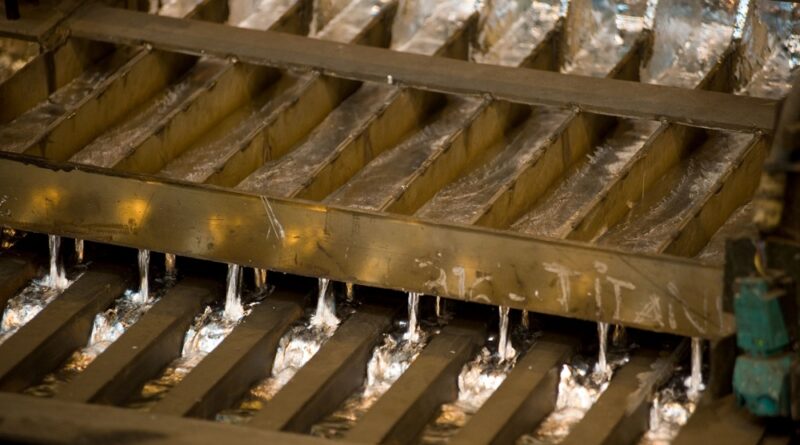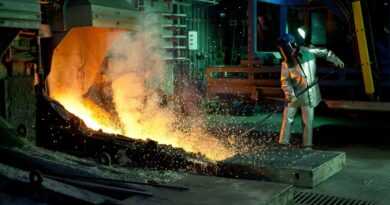Hydrogen use in zinc fuming processes
Zinc mining contributes 20% of the total CO2 emissions in the zinc value chain – mostly from electricity consumption during the crushing and grinding stages. Zinc smelting accounts for the other 80%.
In the smelting process, 80% of fossil fuel emissions come from the pyrometallurgical treatment of leach residues in the electrolytic process. Whereas imperial smelting furnace (ISF) and vertical retort (VR) processes, contribute 20%.
Hydrogen and ammonia are both promising alternatives to coal use, especially in the fuming process for zinc-contained residues. However, operational application is still in the trial stages and further kinetic studies are required in combination with large-scale experiments for validation.
Hydrogen has the potential to play a key role in iron and steel decarbonisation and to contribute in part, to the decarbonisation of non-ferrous value chains. Moving forward, organisations need to take a strategic viewpoint on its inclusion in energy mixes and its use as an alternative fuel in metallurgic processes. However, for hydrogen to be incorporated into metal and mining production chains, more research, collaboration and policy backing is needed. The progress of green hydrogen projects like Hydro’s Navarra, Aurubis’ trials, and Rio Tinto’s projects are promising and will undoubtedly provide positive results and learning points alike.




